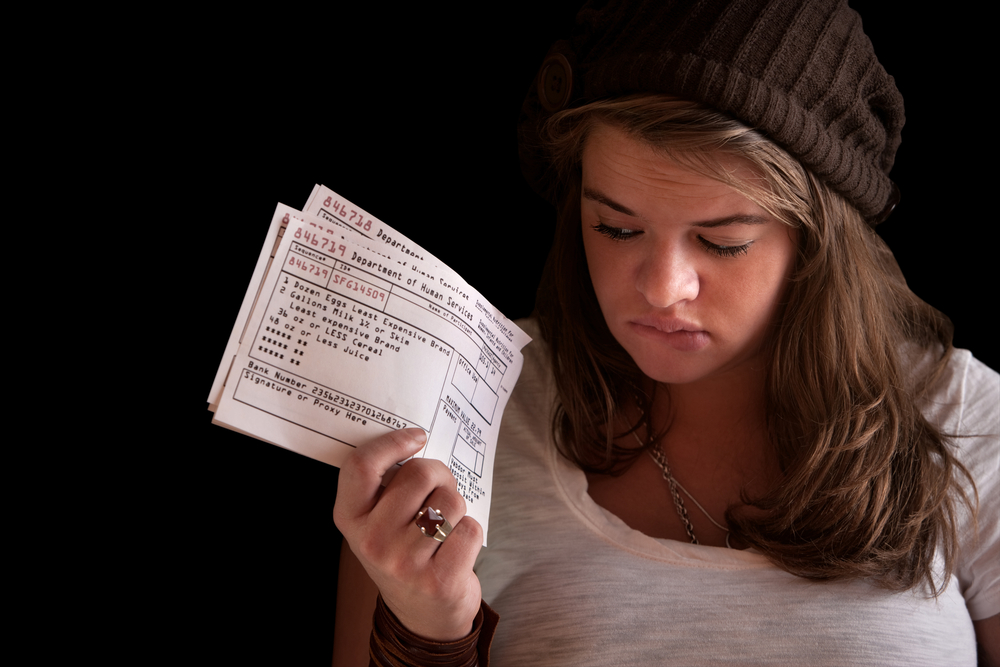The number of people participating in the federal SNAP program – formerly the food stamp program – continues to decline as the economy improves, the Center on Budget and Policy Priorities said.

For nearly four years, SNAP participation each month has been lower than in the same month the previous year. In May, the number of SNAP participants was 41.5 million, down 6.1 million since May 2013 and 6.3 million or 13 percent since peaking in December 2012.
The program typically shrinks as the economy improves, which is likely why SNAP caseloads have dropped in just about every state in recent years, Brynne Keith-Jennings, senior research analyst at CPBB explained. In turn, SNAP spending is falling, she said. Spending was 4 percent lower for the first ten months of this fiscal year (October 2016 through July 2017) than it was over the same period last year.
The Congressional Budget Office expects spending to fall by about 4 percent next fiscal year as well.
Lower food prices are also contributing to decreasing costs, Keith-Jennings said. SNAP benefit levels are calculated using the Department of Agriculture’s Thrifty Food Plan (TFP), which establishes the minimum cost of a nutritionally adequate diet. With declines in the TFP, SNAP’s maximum benefit will fall in nearly every state in 2018. So, for example, for a family of four, the maximum benefit will fall from $649 per month in fiscal year 2017 to $640 in fiscal year 2018.
Not all households receive the maximum benefit. The benefit levels are determined based upon the family income of those who qualify.